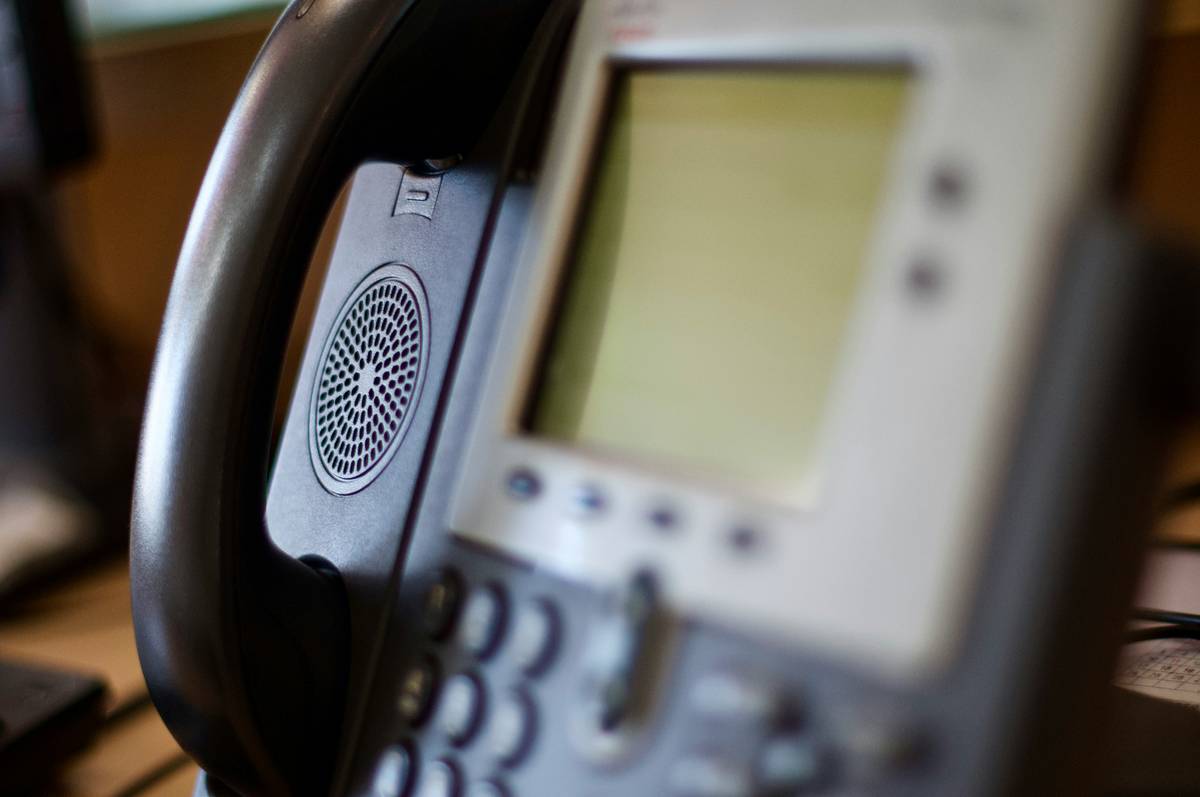Ever spent hours manually updating contact lists across your business phone system? Yeah, us too. And let’s face it—managing employee directories in a growing company feels like trying to hold water in your hands. What if we told you there’s a way to streamline this chaos with something called business phone LDAP integration? Sounds technical, but trust us, it’s worth every second of your attention.
In this post, we’ll unravel the mystery behind LDAP (Lightweight Directory Access Protocol) and how integrating it into your business phones can save time, reduce errors, and boost team productivity. Ready? Let’s dive in!
Table of Contents
- Why Does Business Phone LDAP Integration Matter?
- How Does Business Phone LDAP Integration Work?
- Step-by-Step Guide to Implementing LDAP
- Best Practices for Using LDAP Integration
- Real-World Examples of LDAP Success Stories
- Frequently Asked Questions About LDAP
Key Takeaways
- Automated Sync: LDAP eliminates manual updates by syncing your phone system with existing directories.
- Improved Productivity: Employees spend less time searching for contacts and more time working.
- Scalability: Perfect for businesses of all sizes—from startups to enterprises.
Why Does Business Phone LDAP Integration Matter?

Imagine juggling hundreds or even thousands of employee records without automation. Chaos ensues. This isn’t just an inconvenience; it’s a productivity black hole. Here’s why LDAP integration should be on your radar:
- Saves IT teams from endless data-entry marathons.
- Reduces human error in transferring information between systems.
- Makes collaboration easier as teams scale.
“Optimist You”: ‘We’re solving inefficiencies forever!’
“Grumpy You”: ‘Yeah, yeah—but only if someone actually sets it up correctly.’*
How Does Business Phone LDAP Integration Work?
LDAP acts as the bridge between your business phone system and centralized directories like Active Directory or OpenLDAP. It pulls user info—names, numbers, emails—into your phones automatically. So no more double entries or outdated info cluttering your call logs.
This strategy is chef’s kiss for drowning inefficiency. Sounds like your laptop fan during a 4K render finally shutting off—whirrrr… then silence.
Step-by-Step Guide to Implementing LDAP

Step 1: Assess Your Current Setup
Do you already use Active Directory or another LDAP-compatible directory service? If yes, great—you’re halfway there. If not, consider implementing one.
Step 2: Consult Your Vendor Documentation
Every VoIP provider handles LDAP slightly differently. Check their support docs for configuration specifics.
Step 3: Configure LDAP Settings
Typically, this involves entering your server address, port number, and authentication credentials into your phone system admin panel.
Step 4: Test Thoroughly
Run test calls to ensure directory lookups work smoothly. Fix any issues before rolling out globally.
*Terrible Tip Alert:* Skipping testing because “it probably works” might cost you downtime later. Don’t do it.
Best Practices for Using LDAP Integration
1. Keep Data Clean
Your LDAP directory is only as good as its data. Regularly audit entries to avoid duplicates or outdated profiles.
2. Limit Permissions
Grant access carefully. Not everyone needs full control over directory settings.
3. Back Up Often
Rant Section: I once failed to back up our LDAP database during a migration. Our entire contact list vanished overnight. RIP engagement rates.
Real-World Examples of LDAP Success Stories

A medium-sized marketing agency implemented LDAP integration and saw a 25% drop in administrative overhead within six months. Another enterprise slashed helpdesk tickets related to contact syncing by 70%. These aren’t anomalies—they’re proof of concept.
Frequently Asked Questions About LDAP
What exactly is LDAP?
It stands for Lightweight Directory Access Protocol—a protocol used to query and modify directory services.
Can small businesses benefit from LDAP?
Absolutely! Even smaller teams gain massive efficiency boosts by automating directory syncs.
Is LDAP secure?
Yes, especially when combined with SSL encryption for secure data transmission.
Conclusion
Business phone LDAP integration transforms chaotic contact management into seamless operations. From automating updates to boosting productivity, the benefits speak volumes. Just remember: set it up right, maintain clean data, and always—ALWAYS—back up regularly.
To wrap things up, here’s some vintage wisdom: Like a Tamagotchi, your SEO needs daily care. So keep optimizing those keywords—and enjoy the newfound simplicity LDAP brings!


